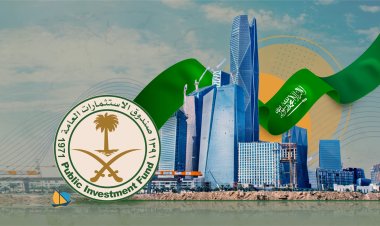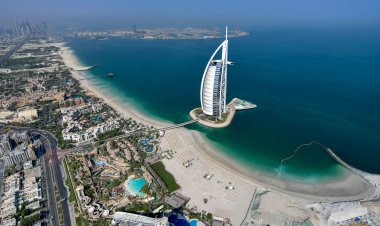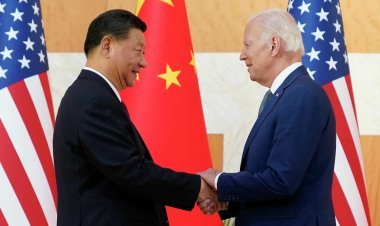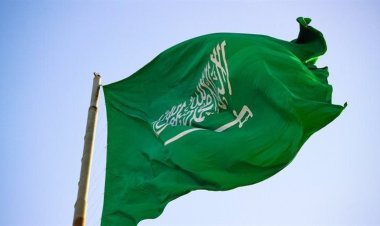OAPEC: Egypt surpasses Arab countries in hydrogen projects
Egypt tops the list with a total of 23 projects, the majority of which are for the production of green hydrogen and green ammonia.
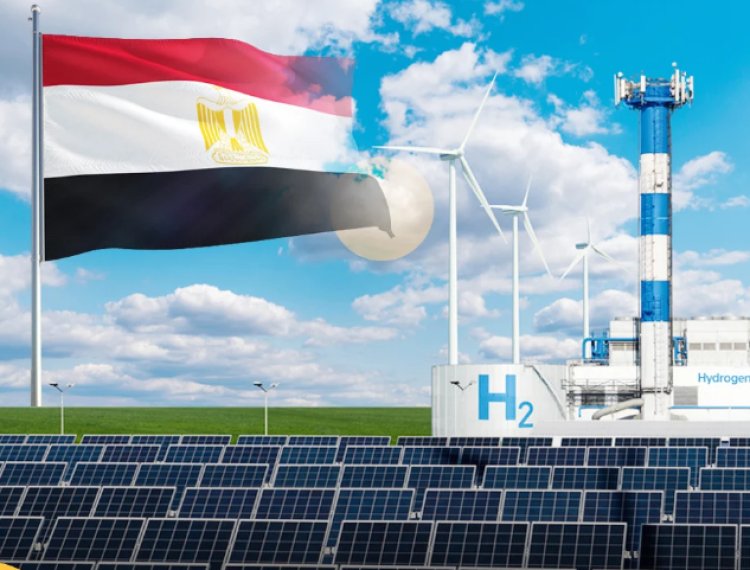
The OAPEC Liquefied Gas and Hydrogen Developments Report revealed that "by the end of 2022, the total number of announced and planned projects for the production, transportation, and use of hydrogen in the Arab countries has increased to 73 projects."
23 projects in Egypt
Egypt tops the list with a total of 23 projects, the majority of which are for the production of green hydrogen and green ammonia.
11 projects in Sultanate of Oman
Sultanate of Oman ranks second with a total of 11 projects, the majority of which are for the production of green hydrogen and green ammonia.
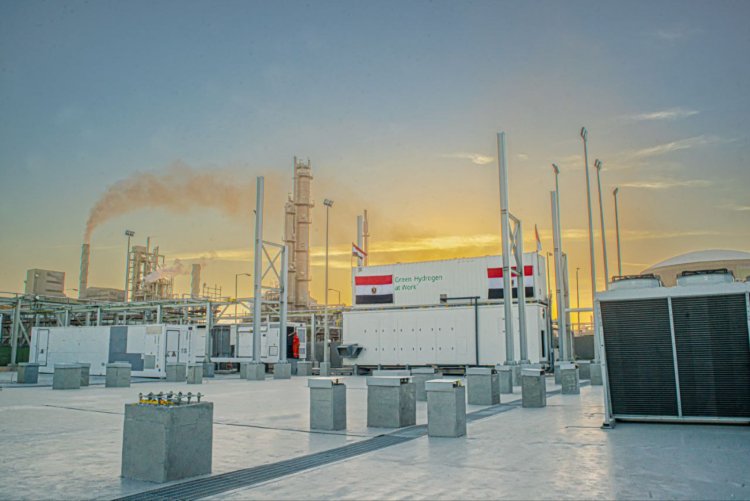
10 projects in United Arab Emirates
In third place, The United Arab Emirates, with a total of 10 projects, varied between green and blue hydrogen (and ammonia) production, and hydrogen applications in the transportation sector.
9 projects in Saudi Arabia
The report Added during the month of March, the total projects announced in the Kingdom of Saudi Arabia amounted to about 9 projects that varied between the production of green and blue hydrogen (and ammonia).
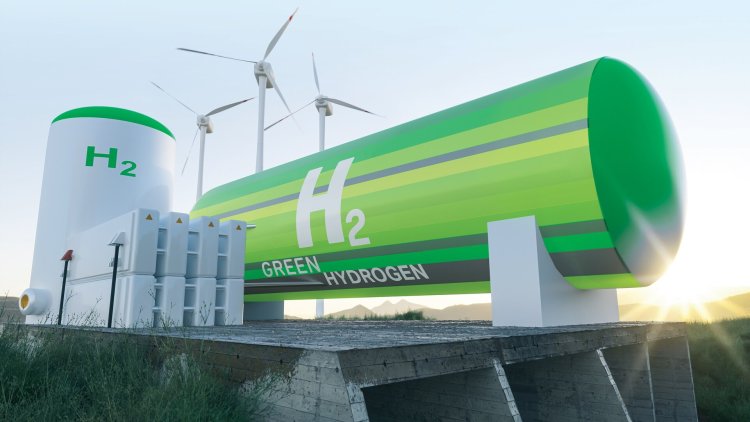
7 projects in Morocco
In this regard, there are 7 projects in Morocco, all of which produce green hydrogen and green ammonia.
Mauritania, with a total of 3 green hydrogen and green ammonia production projects.
4 projects in the Republic of Algeria
In addition to 4 projects in the Republic of Algeria, which included, for the first time, a study of the implementation of pipeline projects to transport hydrogen between Algeria and Italy, two projects in Djibouti and the Republic of Iraq, and one project in each of the State of Qatar and the Hashemite Kingdom of Jordan.
Hydrogen production projects and its derivatives, such as ammonia, represent the vast majority of hydrogen investments in Arab countries, as they collectively represent 87.7% of the total number of announced projects.
Hydrogen utilization projects in the land, sea and air transport sectors represent 9.6%, while hydrogen transport projects represent the remaining percentage, which amounts to about 2.7%.


 Shrouq
Shrouq 








